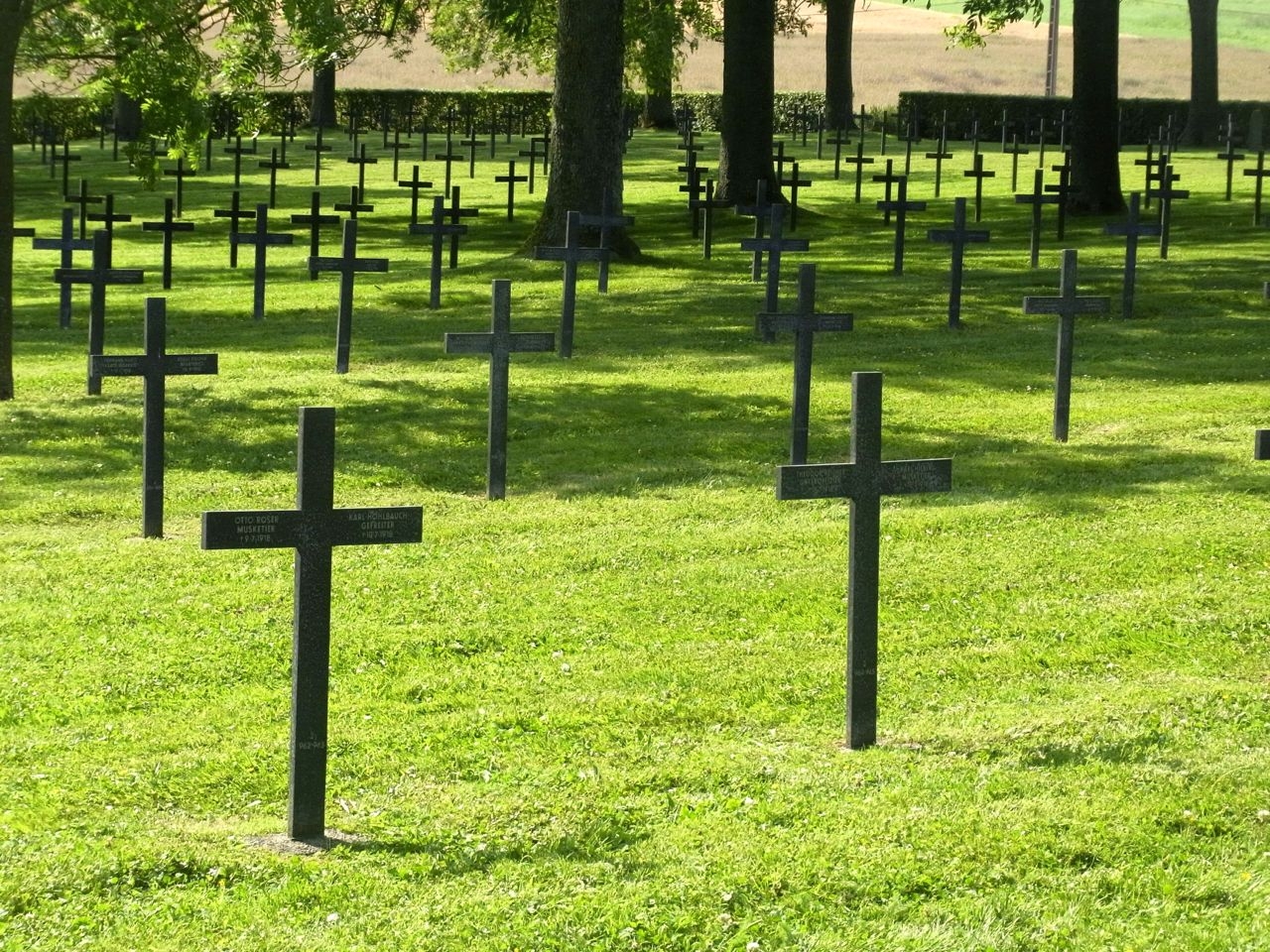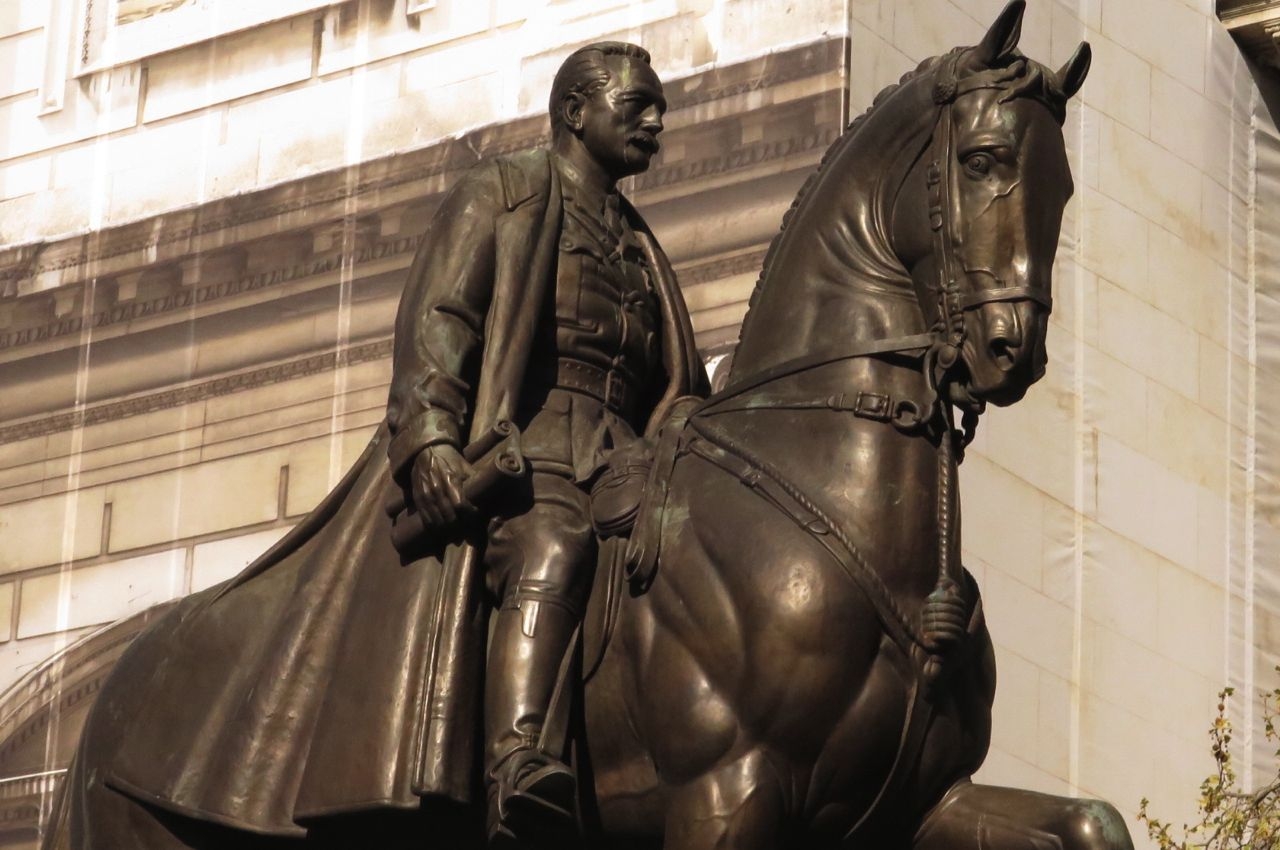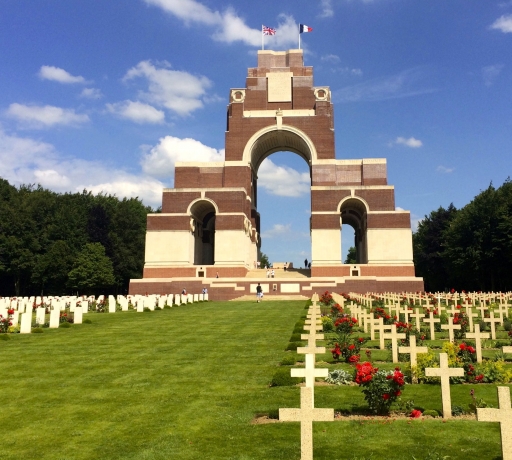One of the most controversial battles of the First World War started on July 1st 1916, with a massive attack on German positions in the Somme region of Northern France.
Tens of thousands of troops rose from their trenches after the lifting of an artillery barrage at 7.30 in the morning, the start of what became the bloodiest day in the history of the British Army.
The Battle of the Somme was the first major test for the new armies of volunteers who’d answered calls to enlist, as well as General Sir Douglas Haig who’d succeeded Sir John French as commander of British forces in France.
French troops were also involved in the offensive astride the River Somme, a fact that’s often overlooked.
The Allies had conceived plans for a joint series of attacks in 1916 to break the long-running deadlock in the Great War.
The Somme campaign aimed to make combined use of British and French forces at the point where their lines met on the Western Front.
1.5 million shells
But with France under pressure at Verdun in mid-1916, French numbers were reduced and the offensive became a British-led operation.
More than 1.5 million shells were fired during a week-long preliminary bombardment intended to destroy the German defences.
The Germans were particularly well dug-in on the Somme, which had largely been a quiet sector since the early stages of the war.
Despite the scale of the British barrage, it failed to destroy the thickets of barbed wire and deep fortifications. The advancing troops would be exposed to heavy machine-gun fire.
“Many shells were ‘duds’ which did not explode,” the Imperial War Museum notes in its account of the Battle of the Somme.
“The infantry paid the price….some British troops, and French forces south of the River Somme, took their objectives. But most of the British attackers were repelled with heavy casualties.”
 Fricourt German Military Cemetery (Photo: Centenary News)
Fricourt German Military Cemetery (Photo: Centenary News)
Casualties
*By the end of the first day, 19,240 British soldiers had been killed, 35,493 were wounded and 2,737 were missing or prisoners.
*The fighting took a particularly heavy toll on the units of volunteer soldiers, who’d joined up together from workplaces and sports clubs to form the so-called ‘Pals Battalions.’
*More than 700 men of the Accrington Pals in northwest England went into action. Almost 600 were killed, wounded or unaccounted for.
*Troops from Newfoundland (then a self-governing dominion, now a Canadian province) suffered a similar disaster.
*The 36th (Ulster) Division lost some 5,500 killed, wounded or missing and, of these, around 2,500 had been killed.
*7,000 Australian soldiers were killed in six weeks of fighting on the Somme, almost as many as in eight months at Gallipoli.
*72,000 British and South African troops who have no known grave are commemorated on the Thiepval Memorial to the Missing.
*141 days of fighting resulted in more than a million Allied and German casualties (dead, wounded and missing).
In spite of the initial disasters, the Battle of the Somme lasted until November 18th 1916, becoming yet another campaign of attrition.
There was no question of suspending the offensive with the French still heavily engaged at Verdun.
The battle fuels much criticism of Sir Douglas Haig, although some historians now argue that valuable lessons were learned for future offensives which would result in the Allied victory of 1918.
Tanks were first used at the Somme in September 1916 as a means of breaking through the German lines.
 Field Marshal Earl Haig’s statue in Whitehall, London (Photo: Centenary News)
Field Marshal Earl Haig’s statue in Whitehall, London (Photo: Centenary News)
The 1916 film, Battle of the Somme – made by the cinematographers, Geoffrey Malins and John McDowell – stands as an enduring record of the fighting.
This pioeneering documentary was seen by an estimated 20 million people within a few months of its release. It’s again being widely screened for the Centenary under the auspices of the Imperial War Museum.
British perceptions of how the First World War was fought are in many respects still shaped by the evocative front line footage of troops going into action on the chalky downlands of Picardy 100 years ago.
Sources: IWM/Wikipedia/various
All images: Centenary News
Posted by CN Editor
